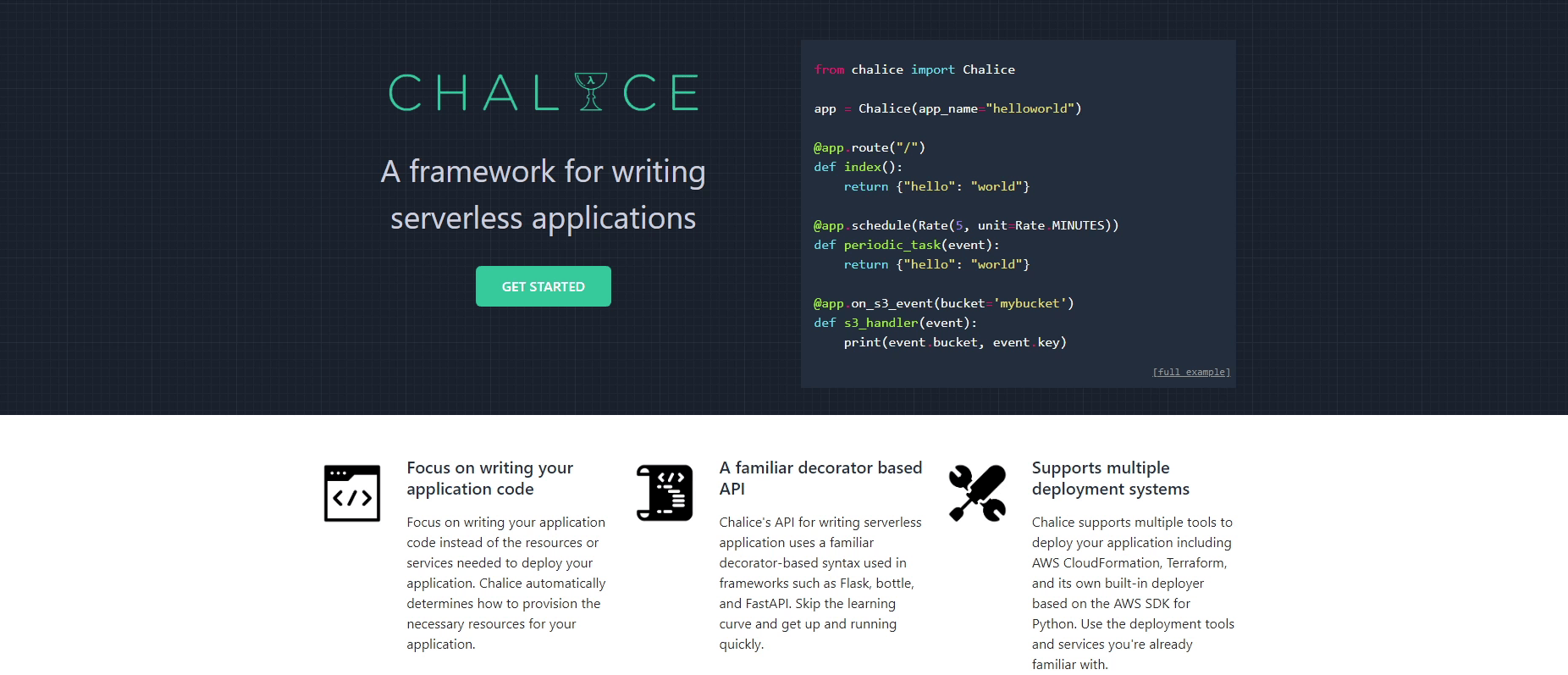Background on Serverless
Introduce Microservices, AWS SAM (Serverless Application Model)
Hello everyone, welcome to the part one of the AWS PyCharm tutorial series. Today I will be explaining in brief about micro-services architecture and different serverless frameworks.
Background
Before taking a deep dive into micro-services, let's understand first what is a monolithic architecture. In a traditional monolithic architecture, all processes are tightly coupled and run in a single service. This means that if one process of the application experiences a spike in demand, then the entire architecture must be scaled. If any single service is not functioning properly, then it's going to affect all the services.
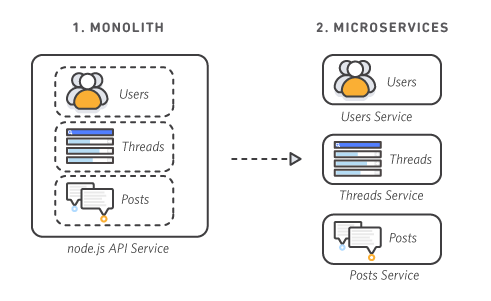 Image Source : Amazon Web Services (AWS)
Image Source : Amazon Web Services (AWS)
The scenario is completely different when it comes to micro-services. In a micro-service architecture, the services are: loosely coupled, managed by a small team, easily scalable, and the most important part : if one the services goes down, then it won't affect the other services.
If one of your services is built using Java then your other services can also be developed, using python, .net or ruby. Micro-services architectures don't follow a one size fits all approach. Instead, they provide flexibility to the developers, as there is no technology constraint.
There are lots of benefits when it comes to micro-services.
To know more about micro-services I recommend reading aws.amazon.com/microservices
AWS Lambda
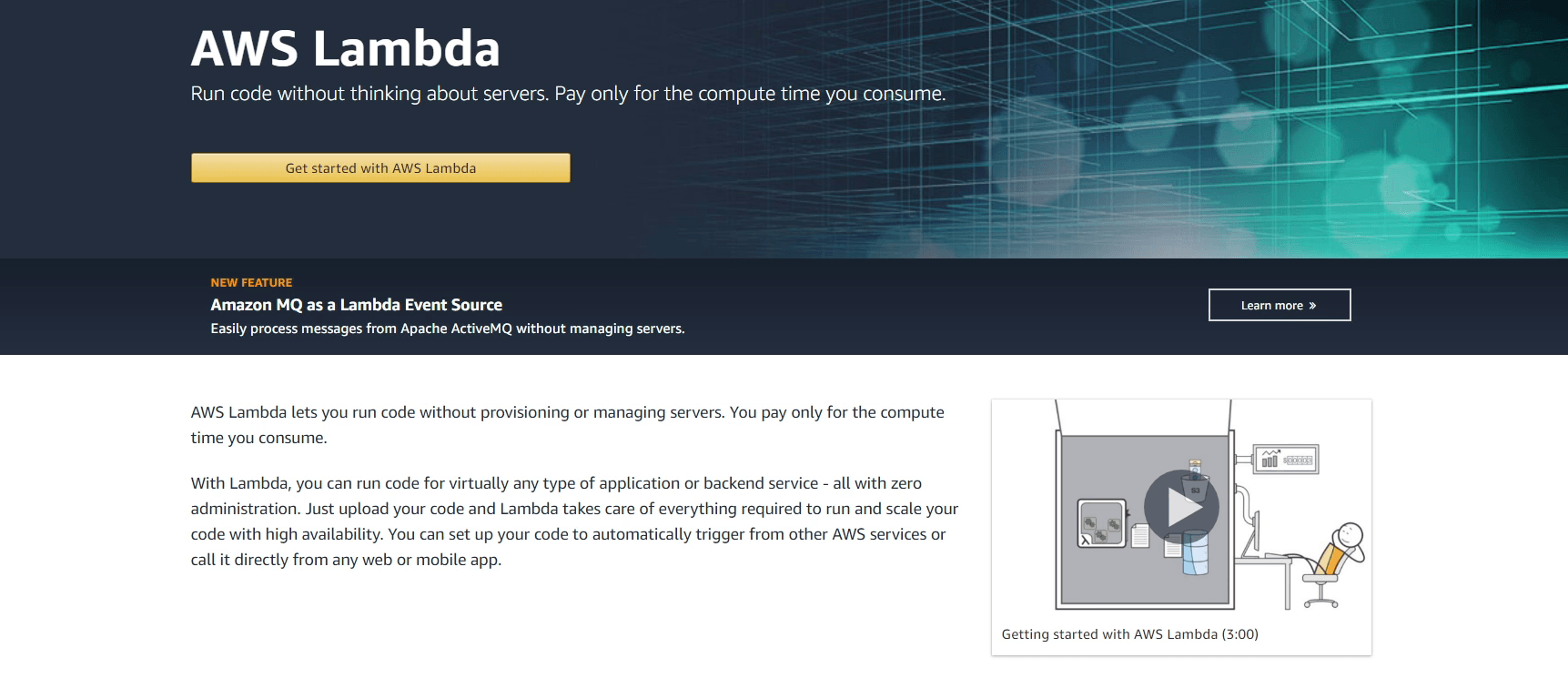
In this course we will be focusing on one of the products that AWS offers for creating serverless applications : AWS Lambda, run code without thinking about servers. Yes that is true. As a customer you don't need to manage any servers because those servers are being managed by AWS. AWS Lambda automatically scales your application by running code in response to each trigger. You are not running your app for 24x7 anymore, and you'll be charged against the time that your functions were running.
AWS SAM (Serverless Application Model)
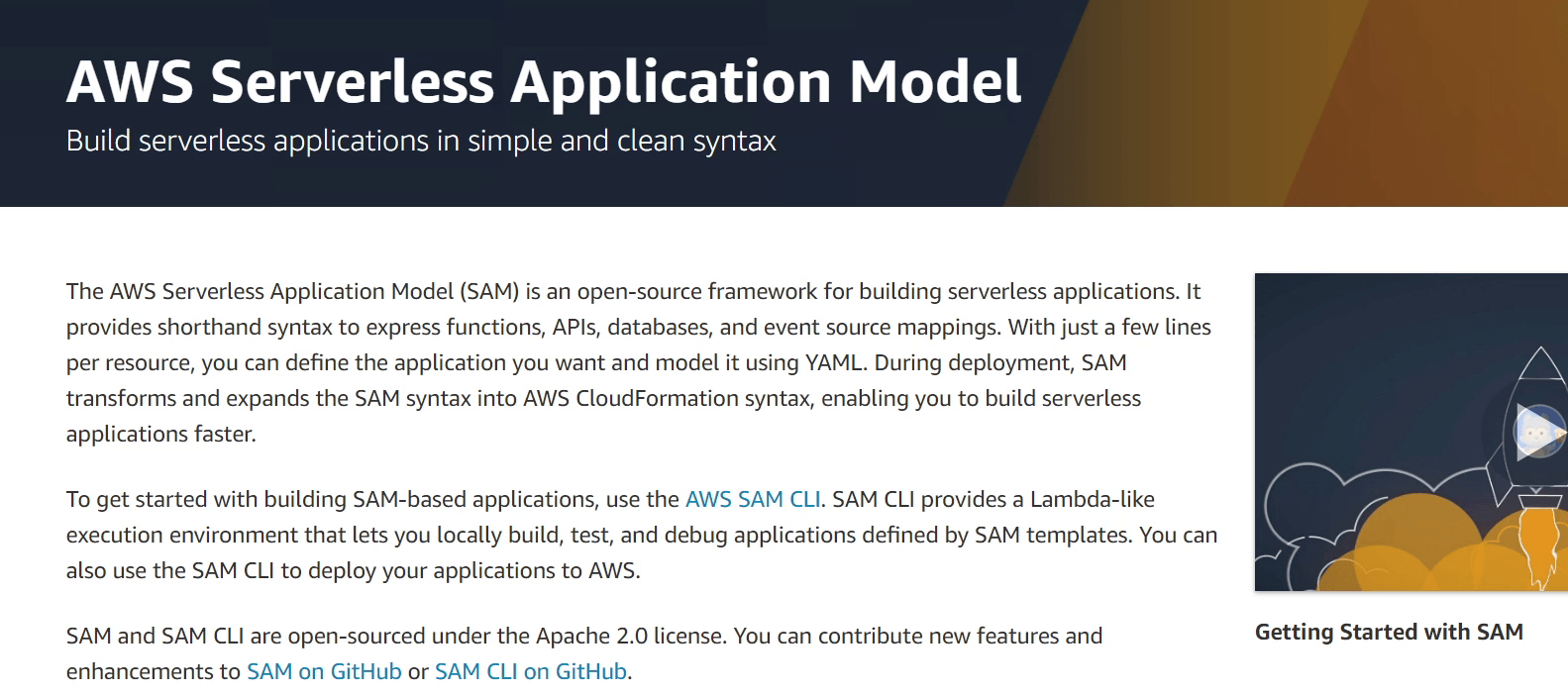
For this tutorial we will be also using the AWS serverless application model. AWS (SAM) is an open source framework that you can use to build serverless applications on AWS. AWS SAM is based on AWS CloudFormation which defines serverless applications with templates. Essentially a CloudFormation template is now the same thing as an AWS SAM Template. AWS SAM shows developers what objects they can use in a template to model a serverless application.
For reference, you can visit aws.amazon.com/serverless/sam
Serverless Frameworks
There are many ways to create serverless applications and one of them is the serverless framework. It is an open source serverless framework which enables developers to deploy cloud applications on any FaaS (Function As A Service) provider. While the framework is open source, they also provide enterprise support.
For reference, you can visit serverless.com
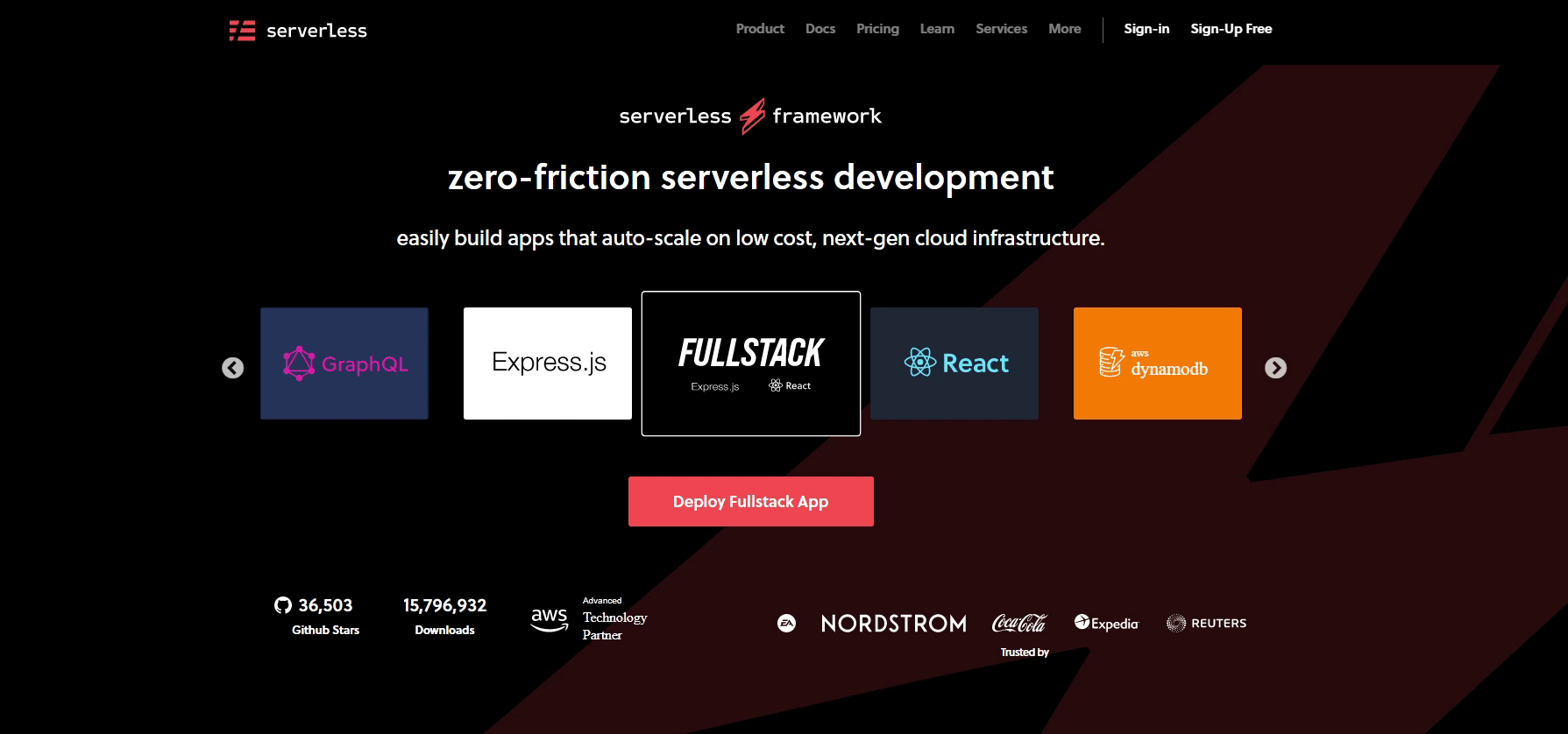
There is one more serverless framework called Chalice which is being offered by AWS. Chalice is a framework for writing serverless apps in python. It lets you quickly create and deploy applications that use AWS Lambda. It is highly inspired by flask. It uses a decorator-based syntax used in frameworks such as Flask, Bottle and FastAPI. It has lots of features and seamlessly integrates with AWS services.
For reference, you can visit aws.github.io/chalice/index
